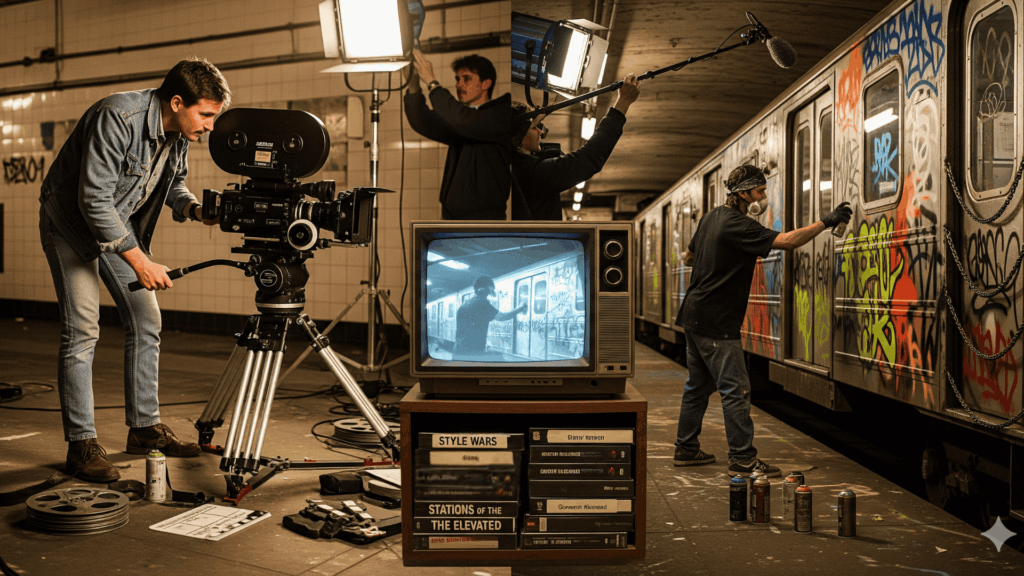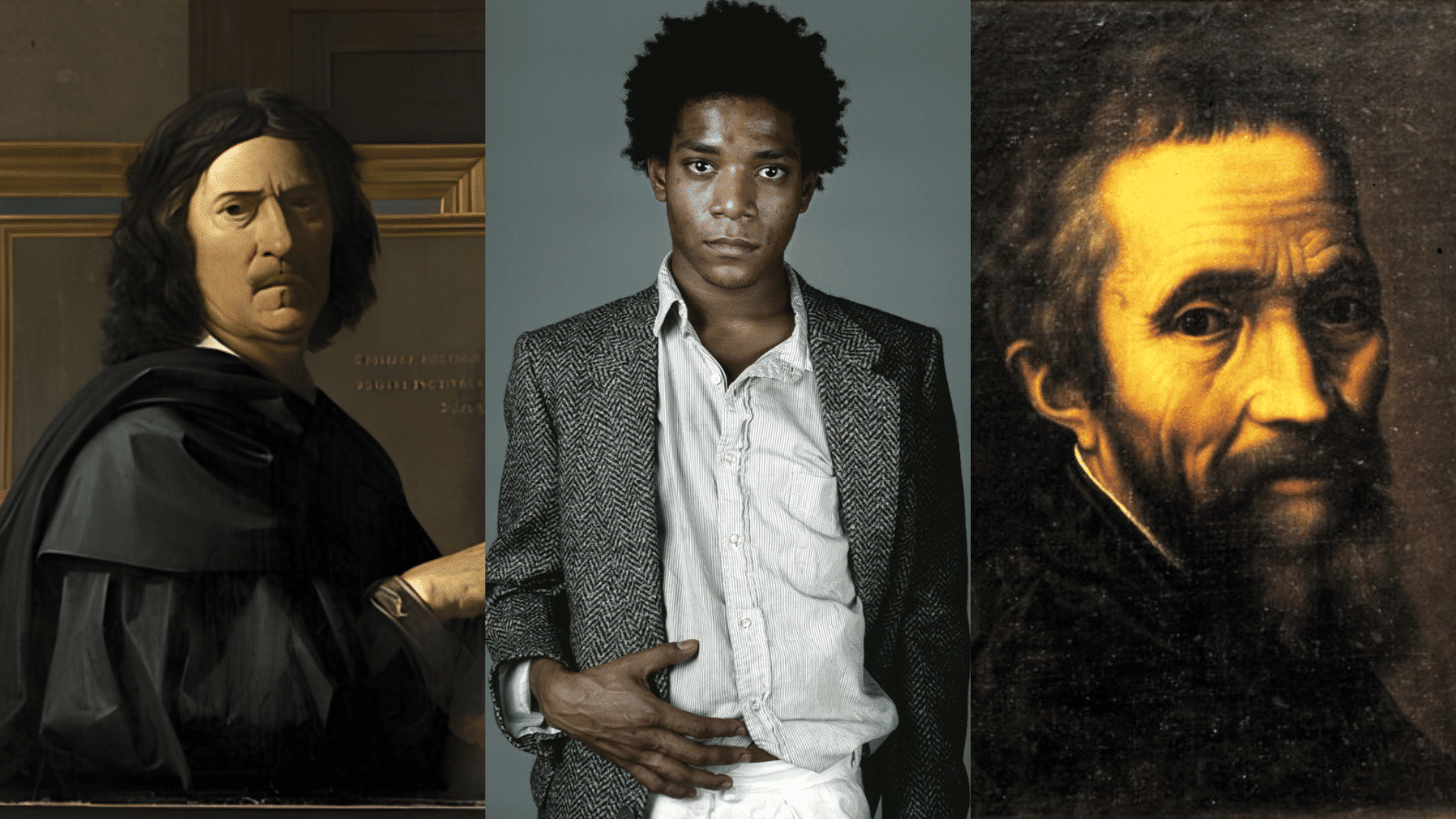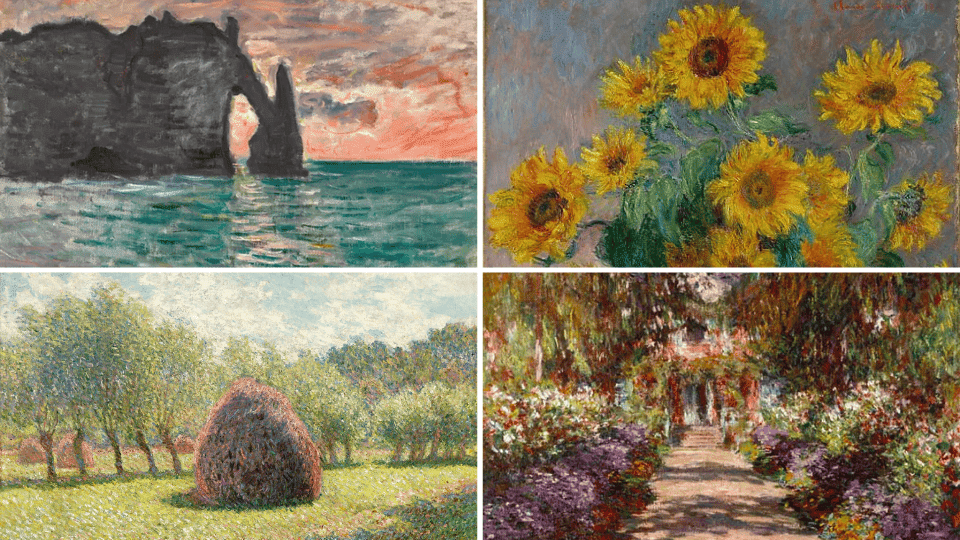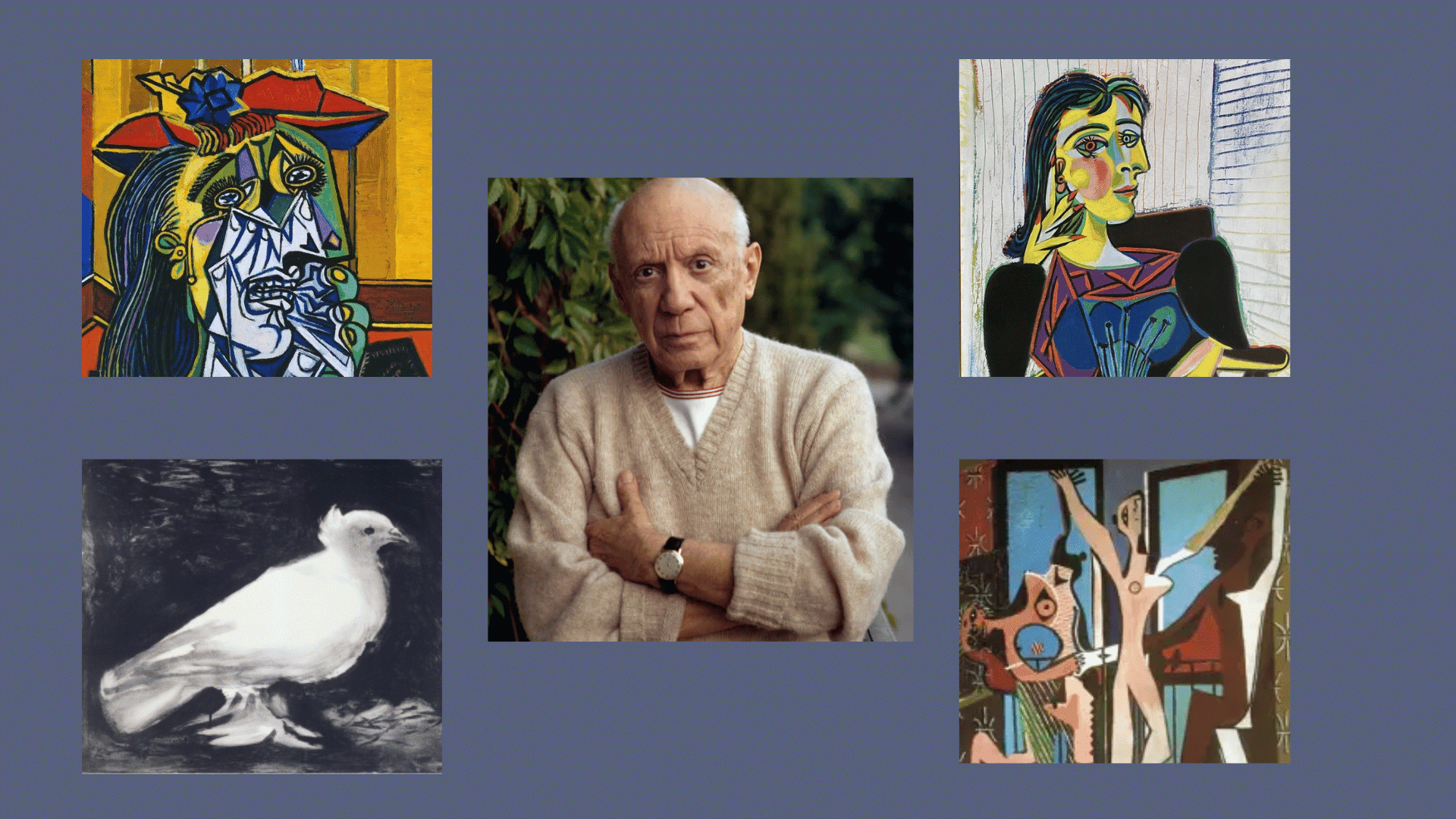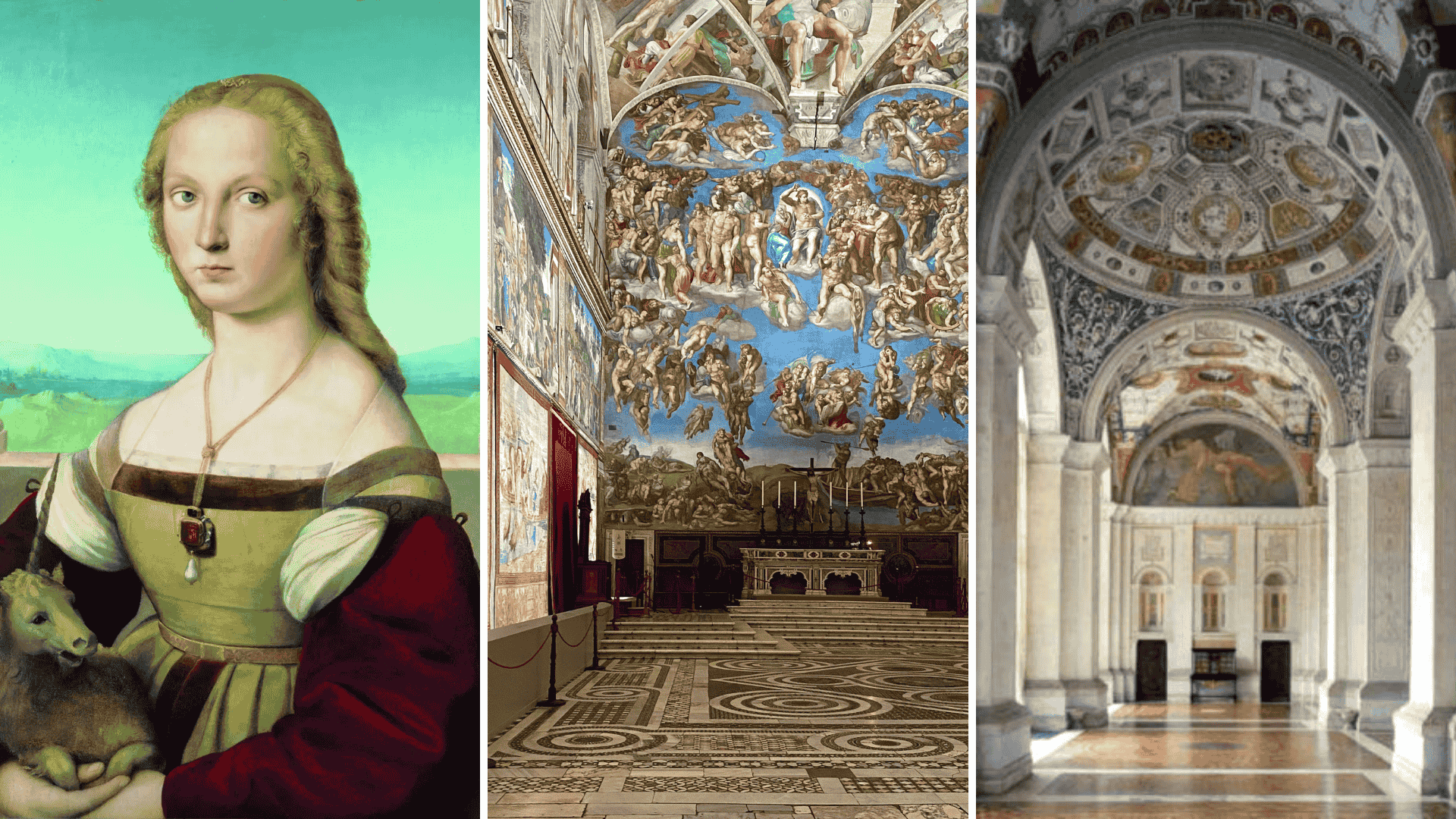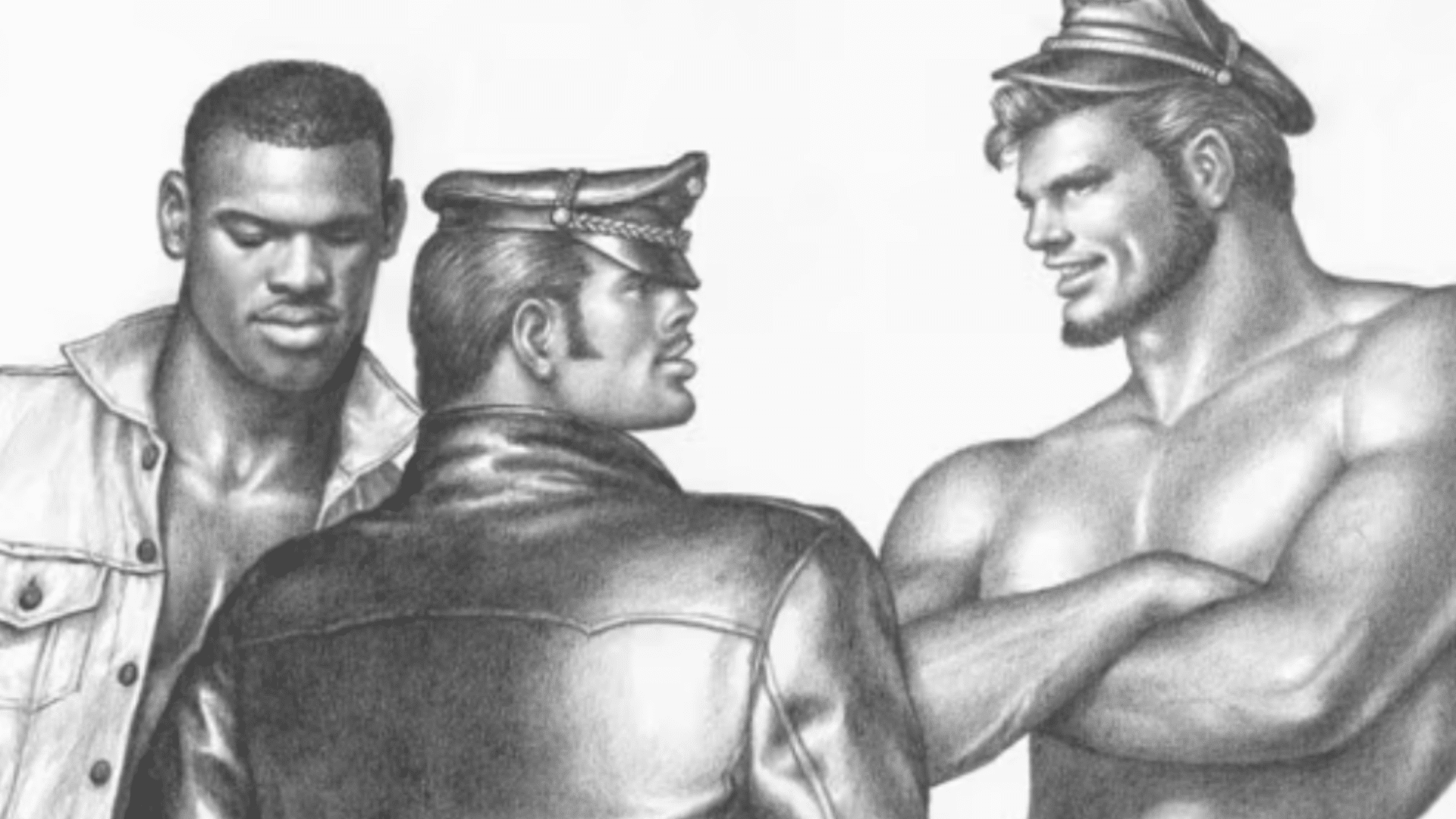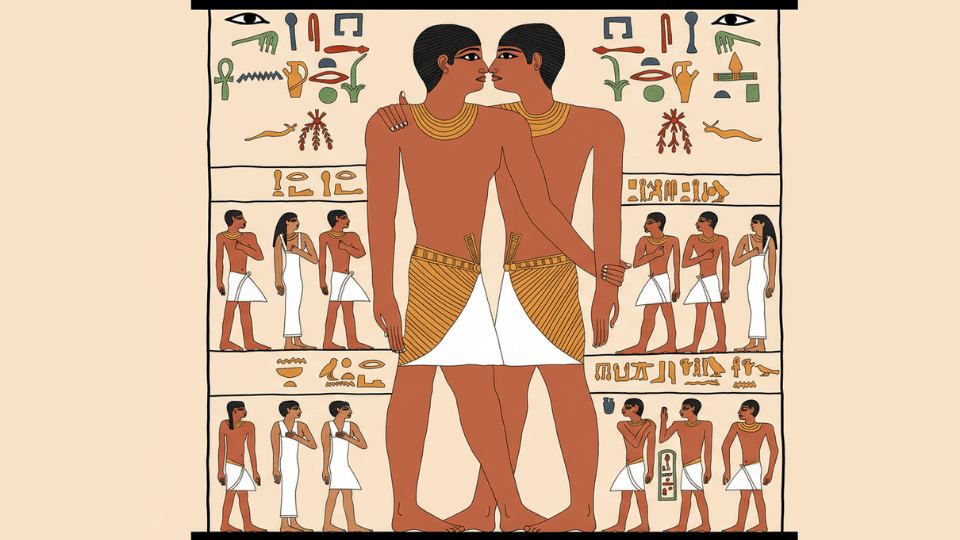Ever walked past a colorful mural and wondered, “Where did graffiti originate?” You’re about to discover an incredible story that spans over 35,000 years!
From ancient cave paintings to today’s Instagram-famous street art, the history of graffiti is rich in surprising twists and rebellious artists who have changed the world with just a spray can.
Think graffiti began with modern teens?
Think again, ancient Romans etched walls in Pompeii, the Maya sketched at home, and even Michelangelo left marks on ruins, proving “graffiti” (Italian for “little scratches”) has timeless roots.
Street art is more than paint on walls; it’s voices, stories, and dreams in color. Step closer, and let the walls speak to you.
Ancient Origins: Where Did Graffiti Originate?
Graffiti is much older than you think! It began over 35,000 years ago, when our ancestors started painting on cave walls, such as those found in Chauvet Cave, France.
The ancient Greeks and Romans also loved leaving messages on walls, just as people do today.
When Mount Vesuvius buried the city of Pompeii in 79 AD, it preserved thousands of wall writings. In fact, the word “graffiti” comes from these Pompeii discoveries and was first used in 1851.
Even the ancient Maya people drew sketches inside their homes and buildings. Whether it’s cave paintings or ancient city walls, humans have always sought to leave their mark for others to see.
Medieval to Renaissance Period: 1100s–1600s
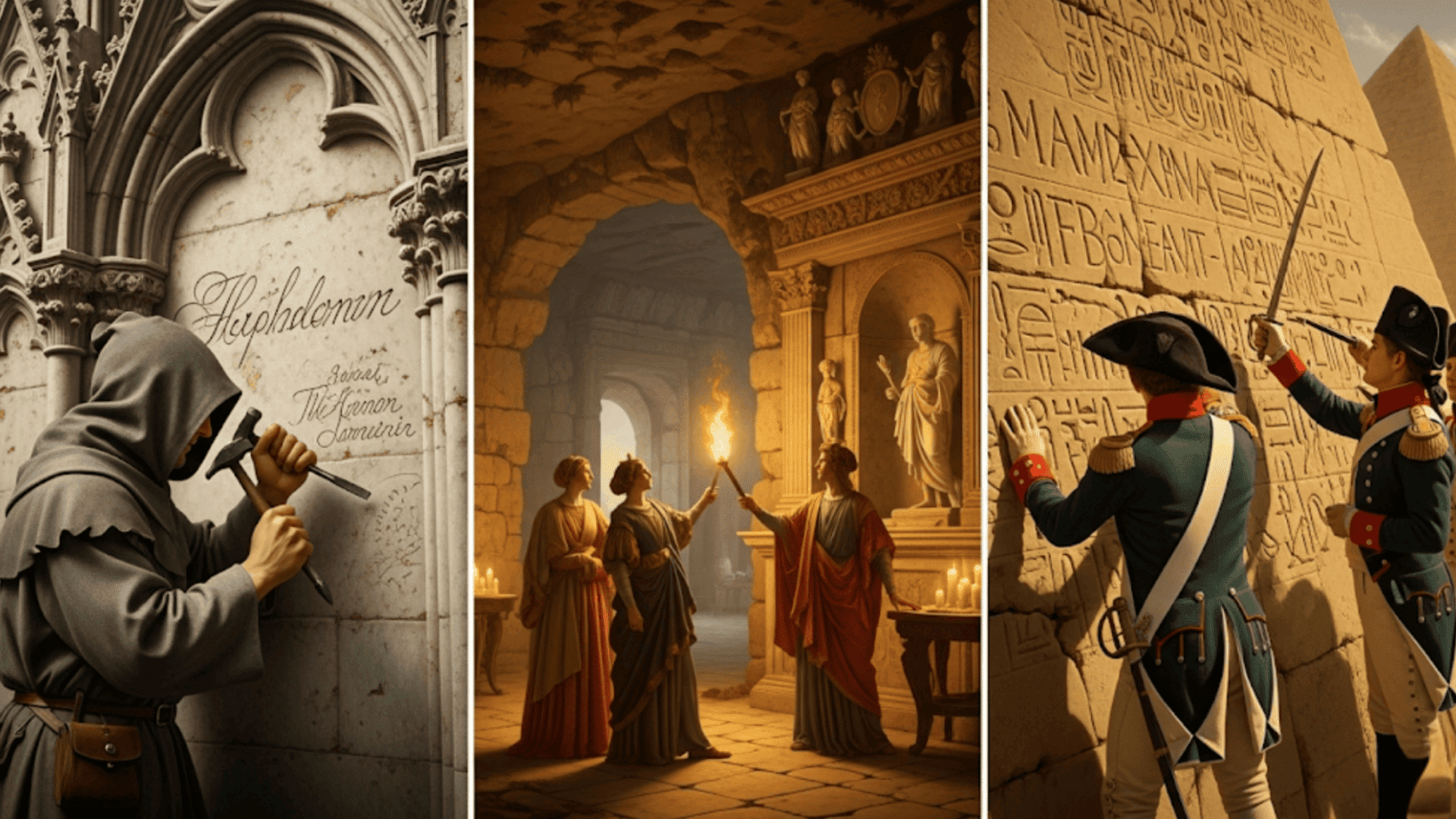
Even during the Middle Ages and the Renaissance, people couldn’t resist leaving their mark on walls and monuments. This indicates that the desire to create graffiti has been a persistent phenomenon throughout human history.
In medieval times, cathedral builders called “Tacherons” carved names and symbols into stone, not as a rebellion, but as proud signatures of their craftsmanship.
Famous Renaissance artists like Michelangelo and Raphael also left their mark with graffiti. They carved their names into the walls of Nero’s ancient Roman palace, the Domus Aurea, while exploring the ruins for artistic inspiration.
Even Napoleon’s soldiers participated in the 1790s, carving their names on ancient monuments during the Egypt invasion, leaving lasting proof of their travels across historic landmarks.
Modern Graffiti Emerges: 1960s–70s
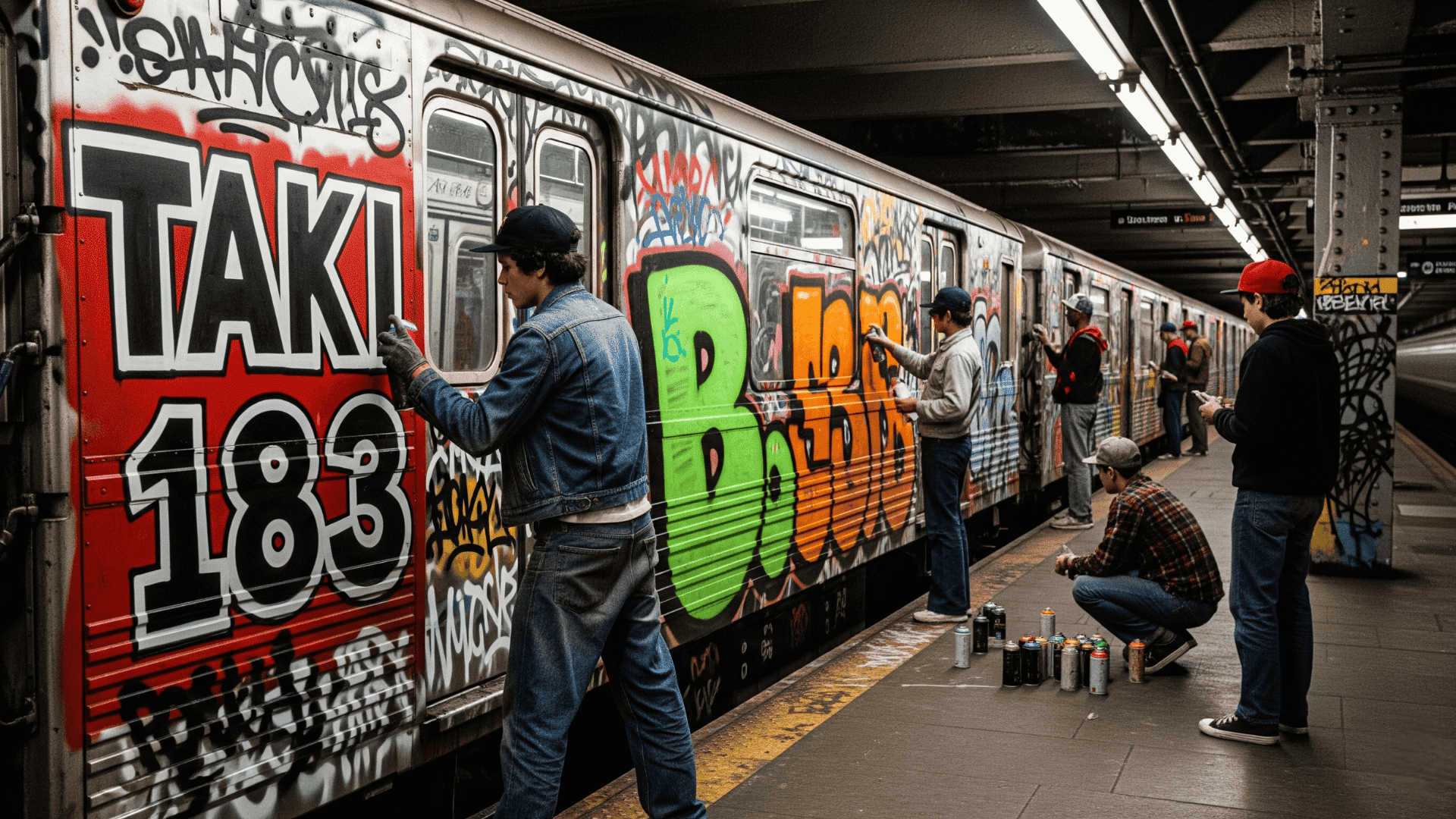
Modern graffiti is often attributed to the 1960s, with the emergence of a teenager named Darryl McCray, known as “Cornbread,” in Philadelphia. He began writing his nickname all over the city, creating what is now known as “tagging.”
Graffiti exploded in New York City in the early 1970s, with Greek-American Taki 183 becoming famous for tagging his name and street number across the city, especially on subway trains. Soon, hundreds of others followed.
What began as simple name-writing evolved into bold “bombing” of entire train cars, turning subways into moving art galleries.
Graffiti Meets Hip-Hop: The 1970s–80s
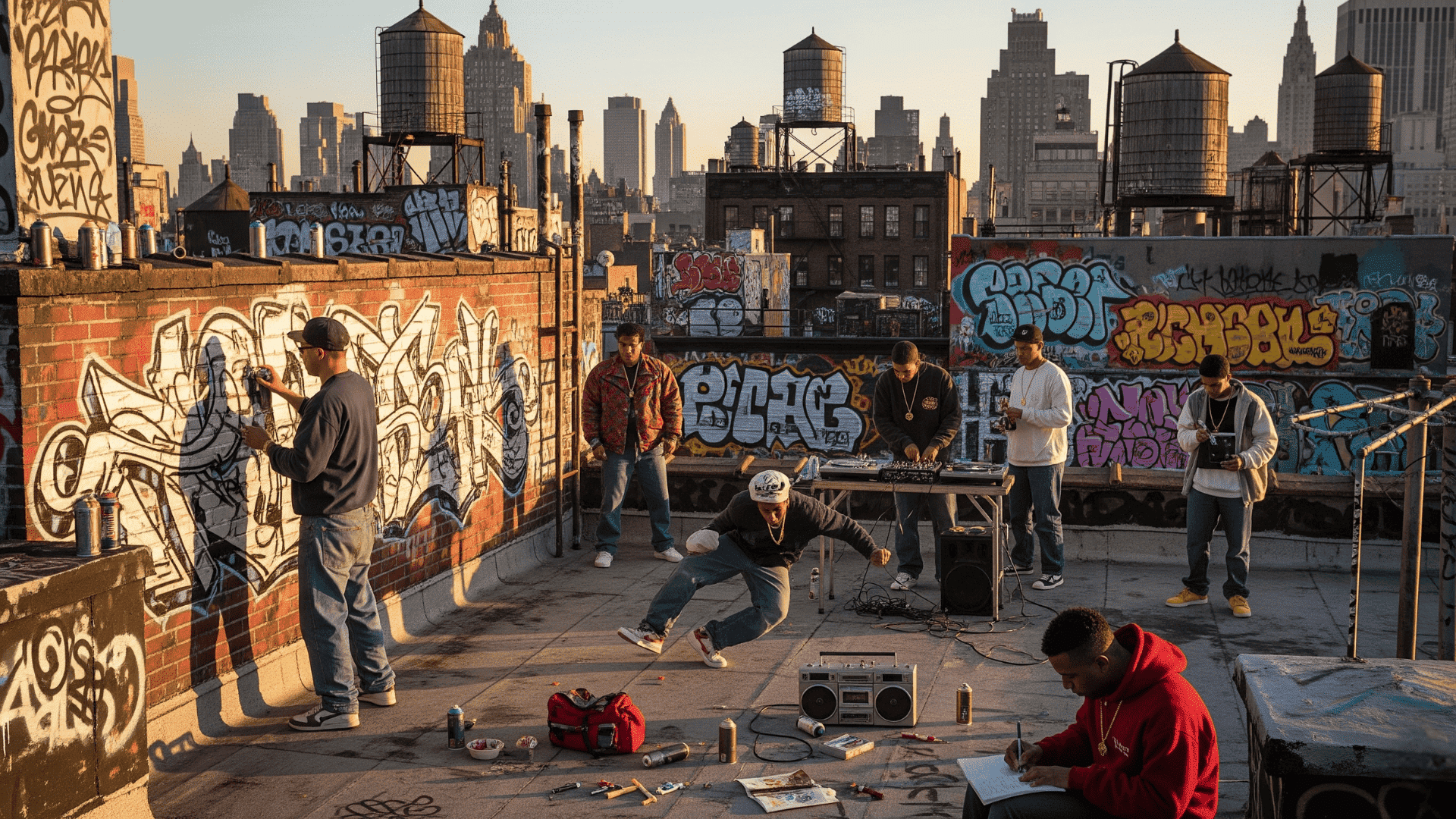
During the 1970s and 80s, graffiti became part of something much bigger: the hip-hop culture.
Along with rap, breakdancing, and DJing, graffiti became a core element of hip-hop. Young New Yorkers expressed themselves through these arts.
Artists developed complex styles, such as “Wild Style,” with twisted, hard-to-read letters that looked impressive. Crews like Wild Style, led by Tracy 168, popularized this intricate lettering.
Graffiti spread widely, covering subway cars and walls across New York. When these painted trains moved through neighborhoods, they carried the artists’ names and reputations, making unknown writers famous.
From Streets to Galleries: Recognition & Institutionalization
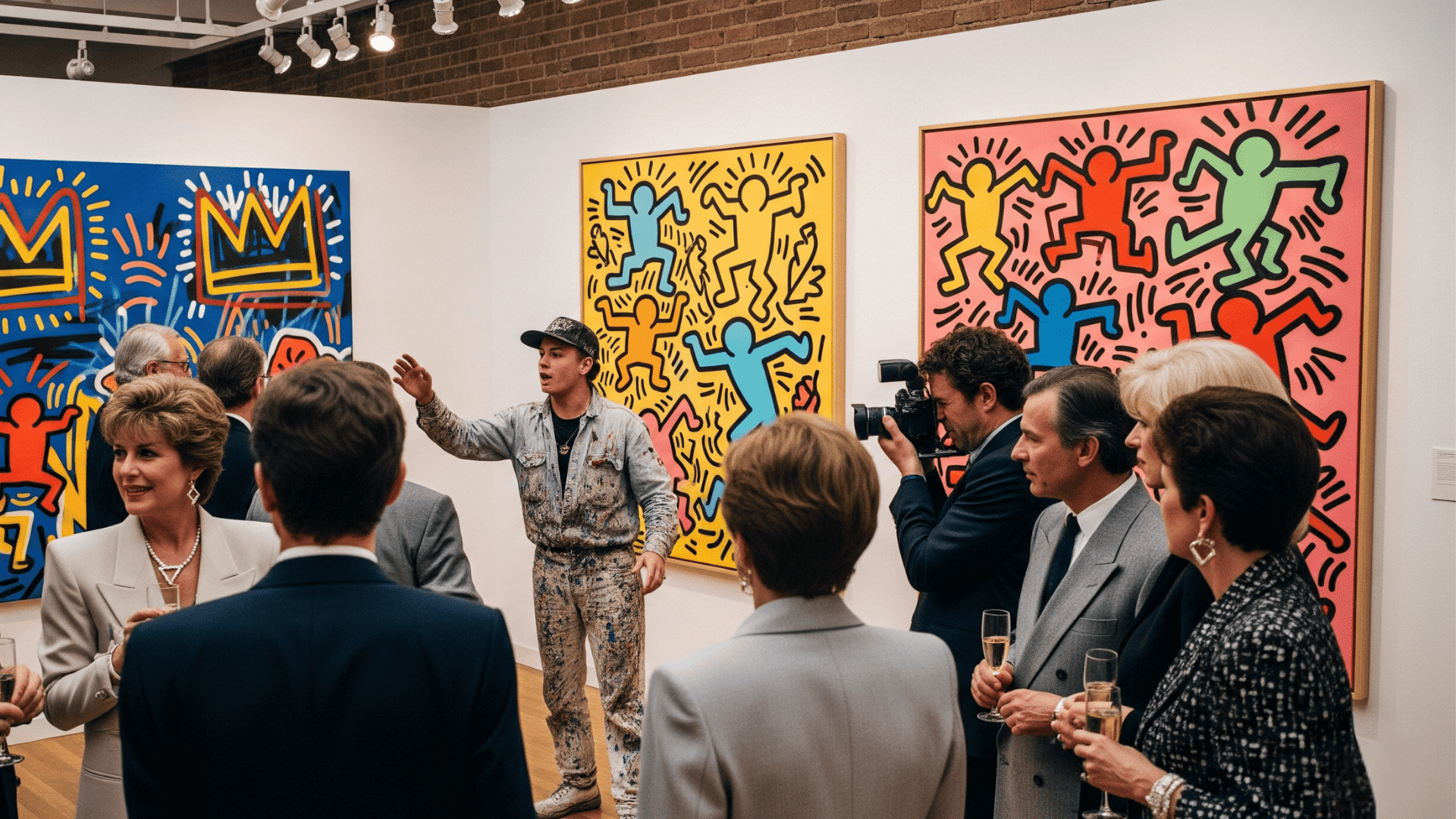
In the 1980s, graffiti began to move from subway tunnels into upscale art galleries. Famous artists like Jean-Michel Basquiat and Keith Haring began as street taggers but eventually became world-renowned gallery artists.
The Fun Gallery, opened by Patti Astor in 1981, played a huge role in this change. This small gallery in New York’s East Village provided street artists with their first opportunity to showcase their work to art collectors and critics.
Photographer Martha Cooper helped graffiti gain respect by documenting the culture with her camera. Her 1984 book “Subway Art” became a global graffiti bible.
These photos proved that graffiti was real art, showcasing skill, creativity, and cultural meaning.
Documentary & Media Reflections
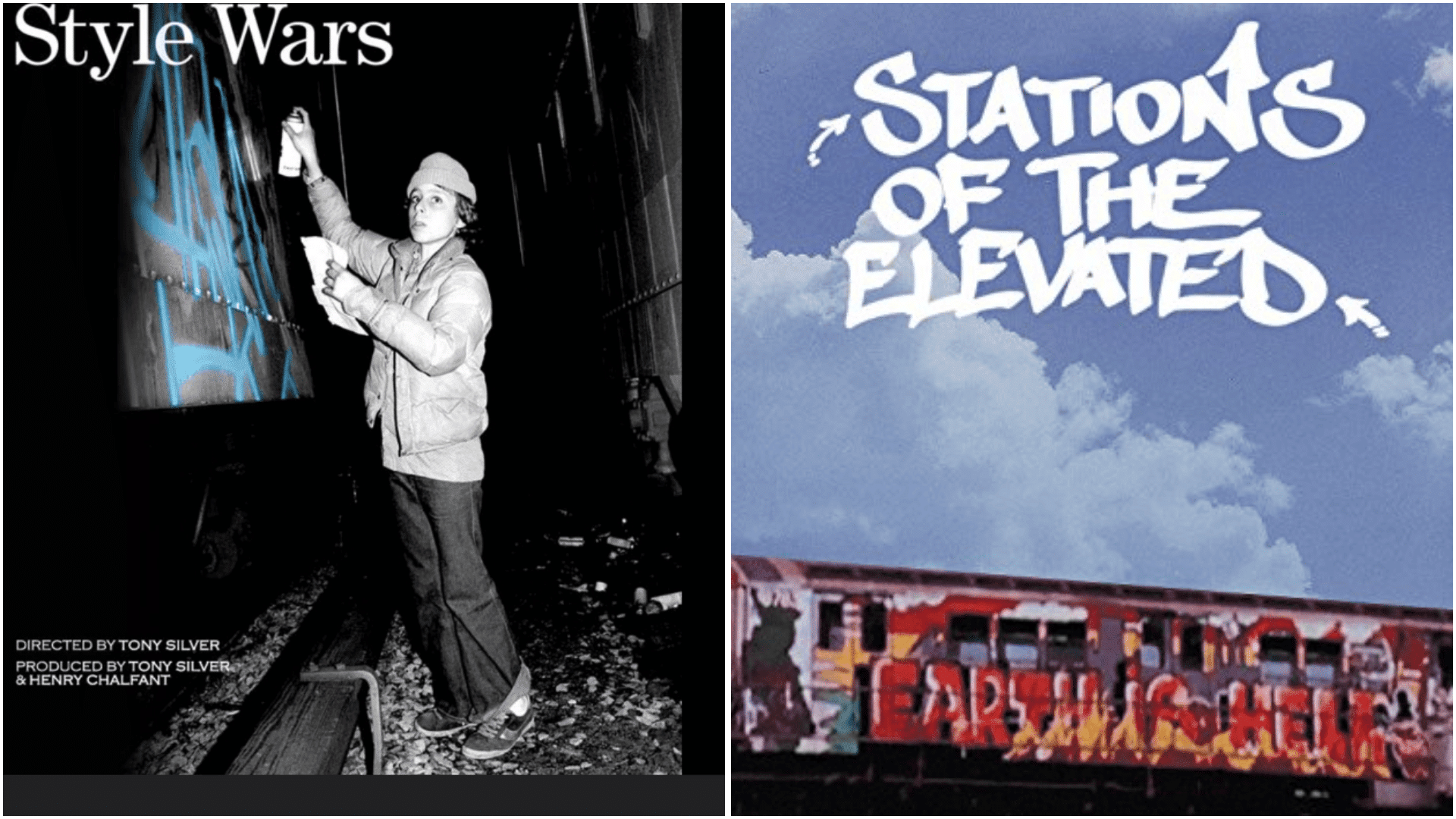
The world was about to learn what graffiti artists had known all along: their work was more than just marks on walls. Two groundbreaking documentaries would change the way people viewed street art forever.
-
“Style Wars” (1983): It became the definitive PBS documentary on graffiti and hip-hop, showcasing writers creating subway art and proving graffiti is a legitimate art form with a skilled community, not just vandalism.
- “Stations of the Elevated“(1981). This visual poem of a film showed colorful graffiti on New York’s decaying subway, highlighting the contrast between urban decay and vibrant street art born from the city’s struggles.
These films changed graffiti, letting people worldwide see the skill, passion, and culture behind every tag and piece.
Global Expansion & Contemporary Evolution
Graffiti didn’t stay in New York City; it spread around the world like wildfire. Artists everywhere started creating their own unique styles and scenes.
Cities like London, Berlin, São Paulo, and Buenos Aires developed unique graffiti cultures, each adding its own flavor. In San Francisco’s Mission District during the 1990s, artists created murals that blended community messages with a street art style.
Today’s graffiti artists also employ new techniques. They combine traditional spray painting with digital art, stickers, and other creative interventions in urban spaces. Some artists even use projection mapping and augmented reality.
This worldwide growth demonstrates how graffiti has evolved from rebellious subway tagging into a respected global art movement that continues to evolve and grow.
Graffiti Today: Art, Activism & Innovation
Today’s graffiti has changed from simple tags to a powerful form of artistic expression and social commentary. Modern street artists use their work to address global issues while accepting new technologies.
- Global superstars: Artists like Banksy and Shepard Fairey have become household names, with their work selling for millions and appearing in major museums worldwide.
- Political voice: Modern graffiti serves as a platform for political dissent, social justice movements, and the expression of cultural identity, giving voice to marginalized communities.
- Social activism: Street artists use walls as canvases to protest injustice, promote equality, and raise awareness about environmental and social issues.
- Digital revolution: Artists now create viral murals designed for social media, sell NFTs of street art, and utilize augmented reality to bring static tags to life through smartphone apps.
- Mainstream acceptance: What once was considered vandalism now appears in galleries, corporate campaigns, and public art installations commissioned by cities.
This transformation demonstrates how graffiti has evolved from an underground rebellion into a respected art form that influences contemporary culture and conversation.
The Endless Canvas Continues
From ancient caves to modern cityscapes, the story of graffiti shows how creativity always finds a canvas.
Who would have thought that ancient cave painters were the great-great-grandparents of modern street artists?
From Cornbread’s love letters in Philadelphia to Banksy’s mysterious works, graffiti is about the human need to say “I was here” and share stories.
Whether carved in stone, sprayed on trains, or projected through augmented reality, this art form evolves while staying true to its rebellious roots.
Next time you see a mural or tag, remember you’re witnessing humanity’s oldest ongoing art form.
Walls keep talking; are you listening? What’s your favorite street art? Share your graffiti story!

